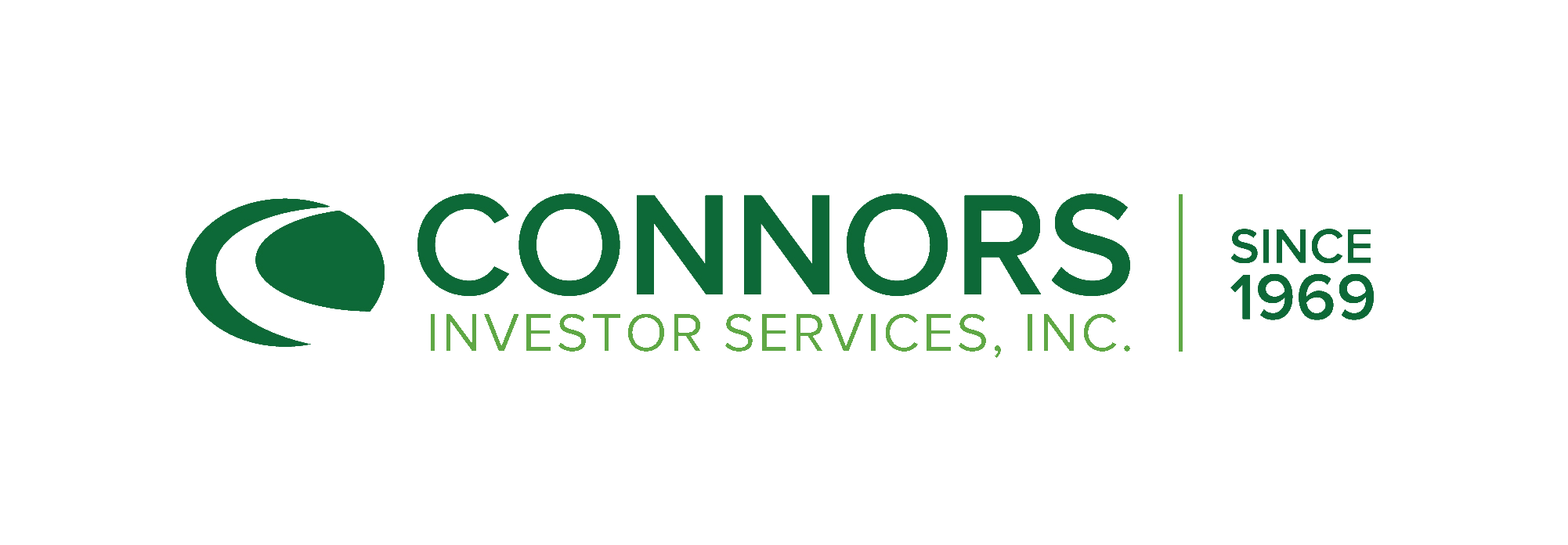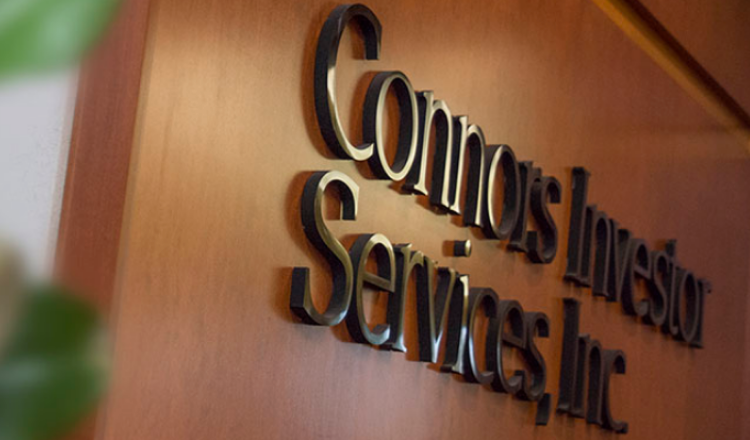2022 Q2 Quarterly Commentary
by Robert Cagliola, CFA and Robert Hahn, CFA, on Aug 3, 2022 5:13:37 PM
The second quarter was marked by exceptional weakness as the S&P 500® declined by 16.4% with very few places to hide. For the first half of the year, the index is down 20.6% reaching bear market status for the second time in just a little over two years. Market weakness was driven by Fed tightening and raising the Fed Funds rate to cool inflation which has been at multi-decade highs. Inflation as measured by the Consumer Price Index (CPI) rose 8.6% from May 2021 to May 2022, the largest increase since December 1981. The Fed responded by increasing the Fed Funds rate by 0.75% to 1.50% -1.75%, the largest rate hike since 1994. In addition, beginning in June, the Fed started to let $47.5 billion of securities roll off the balance sheet per month, ramping up to $95 billion per month In September. Investors are concerned that the Fed’s tightening and rate hikes, though necessary to combat inflation, could lead to a recession. The Atlanta Fed’s GDPNow model is predicting a 2.1% decline in GDP during Q2, suggesting that we may already be in a recession. As a result of the concerns about inflation and the Fed’s ability to control it while avoiding a recession, there were very few places to hide as both stock and bonds declined for two consecutive quarters for the first time in four decades with only one sector in the S&P 500 (Energy) in positive territory thru the first half. One point of optimism may be that the yield on 10-yr treasuries closed the quarter at 3.02% after reaching 3.5% in June. Commodities also declined from recent highs, with oil closing at $105.97 off its 2022 highs of $130.50 and copper closing down 1.3% in Q2. While commodity declines and the recent decline in 10-yr treasury rates suggest that inflation possibly peaked last month, the declines could also suggest that future demand may be negatively impacted by a recession. Stock performance in the second half will likely depend on a possible moderation in inflation and in the Fed’s pace of rate hikes and quantitative tightening.
Portfolio Equity Positioning:
During the quarter, we increased our oil exposure with the purchase of Schlumberger, while reducing our Consumer Discretionary sector exposure. Several names got called away in Q2 in the Energy, Healthcare and Consumer Staple sectors. We opportunistically repurchased shares following pullbacks. We remain overweight in Consumer Staples and Healthcare relative to the S&P 500® Index as we stay more defensive.
Call Option Premium:
The current quarter was very similar to the last in terms of heightened volatility and premium capture, averaging 1.8% simple return that annualized to an 8.0% run rate based on average days to maturity. For several quarters now, we have generally moved from 20 to 30 delta (amount option is expected to move for $1 change in stock price) at initiation on the average short option position. Therefore, we are seeking to capture more premium by writing at the higher delta. For every position, the decision is made to maximize return by grabbing income through the option writes or allowing for more upside participation with less option premium. Given the lack of visibility into earnings in the near term, we have continued to shift to a more defensive stance with our call writing and overall portfolio construction. In addition to capturing significant premium, average writes were initiated 10% out-of-the-money allowing for compelling upside participation which compares favorably to past quarters. Overall, the portfolio written coverage averaged 57% while working toward a 60% target.
Put Strategy Implementation:
Throughout the quarter we tactically implemented protective put positions through spreads to minimize downside participation. As the market surged higher or experienced sharp pull backs, contracts were added or subtracted to help protect principal value. Protection ranged from 20% to 55% in notional value versus fund assets. Given the elevated level of volatility and high relative costs of put options, positions were implemented with short durations of 30 to 45 days and monitored closely to monetize on market pull backs. Spreads reduce costs by offsetting the cost of buying a put contract by selling one with the same time to maturity at a lower strike price. Using spreads, we generally define a window of protection from current market levels for 10% down moves in the market at implementation. Contribution from put trading activity added roughly 1.1% to fund performance.
Outlook:
In the second half, we expect the market will continue to experience elevated volatility in both directions until investors gain more clarity on inflation and the aggressiveness of Fed policy. There is potential for a market rebound later this year if inflation moderates and the Fed becomes more measured in its future rate increases and quantitative tightening. We expect companies to be more conservative in their guidance during the upcoming earnings calls and earnings estimates will likely decline as a result. Equities, particularly dividend payers, should continue to be a good hedge against inflation and call writing should also continue to thrive in this environment, given heightened volatility and, therefore option premiums.
This information is for use with concurrent or prior delivery of a fund prospectus. Investors should consider the investment objective, risks, and charges and expenses of the Fund(s) before investing. The prospectus and, the summary prospectus, contains this and other information about the Fund and should be read carefully before investing. The prospectus may be obtained by calling 844-ACFUNDS (844-223-8637)
IMPORTANT INFORMATION:
Past performance is no guarantee of future results. As with any mutual fund investment, there is a risk that you could lose money by investing in the Fund.
Out of the money: Out of the money refers to a call option with a strike price that is higher than the market price of the underlying asset, or a put option with a strike price that is lower than the market price of the underlying asset.
Investments in options involve risks different from, or possibly greater than, the risks associated with investing directly in the underlying securities.
Delta: The amount option is expected to move for $1 change in stock price.
The 30-Day Yield represents net investment income earned by the Fund over the 30-day period ending 06/30/2022, expressed as an annual percentage rate based on the Fund's share price at the end of the 30-day period.
The S&P 500® Index is a market capitalization-weighted index of 500 widely held stocks often used as a proxy for the stock market. Unlike mutual funds, the index does not incur expenses. If expenses were deducted, the actual returns of this index would be lower.
The Connors Hedged Equity Fund is distributed by Ultimus Fund Distributors, LLC. (Member FINRA) Connors Investor Services and Ultimus Fund Distributors, LLC are separate and unaffliated.





